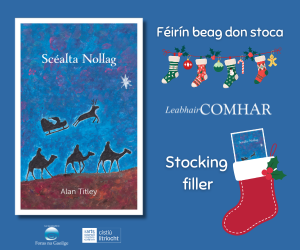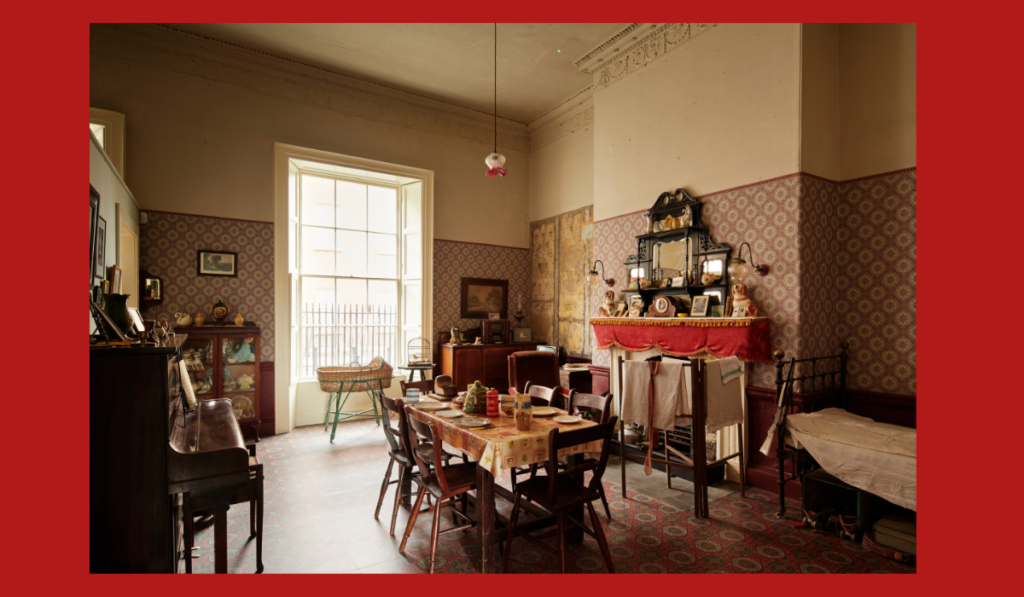
Three new books reveal the life of 14 Henrietta Street
Award-winning museum 14 Henrietta Street launches three new books that recount more than two centuries of history and the changing fortunes of the address and its residents, from Georgian townhouse to tenement dwelling
Covering a timeframe of more than two centuries, the books trace the journey of this north inner city address from grandeur to decline and reveal the changing fortunes of those who called it home.
Each book takes a distinct era of the house’s history as its focus, situating the building and its people in the wider social, political, economic and cultural context of that time, focusing on a significant chapter in the history and evolution of the house, from the building’s grand Georgian beginnings, through its decline into a tenement house, to the last of its residents and their move to suburbia.
All three books present the history of Dublin from the perspective of those who lived and worked at 14 Henrietta Street, and provide visitors to the museum with an opportunity to learn more about the social history of the building through the walls of one address.
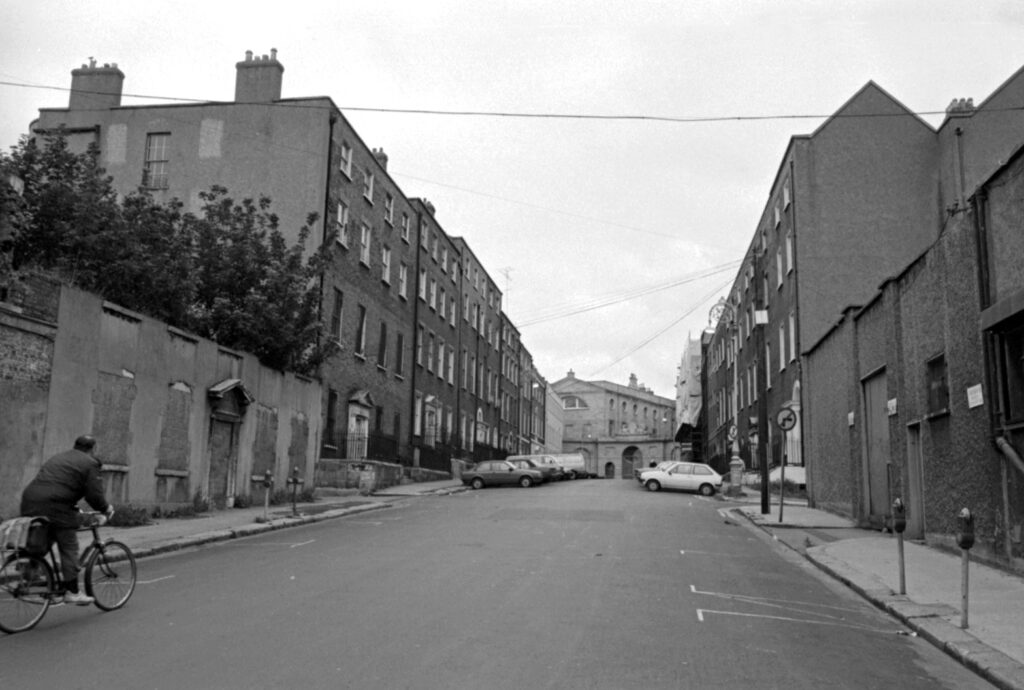
The museum, recently awarded the prestigious Silletto Prize 2020, at the European Museum of the Year award, commissioned the books in response to interest and requests from museum visitors who wanted to learn more.
The books written by historians, Dr Melanie Hayes, Dr Tim Murtagh and Donal Fallon are commissioned, edited and published by Dublin City Council Culture Company, which operates 14 Henrietta Street, and designed by Atelier TypoGraphic Design. The books are available to purchase individually, or as a set, directly from the museum.
The first book 14 Henrietta Street: Georgian Beginnings, 1750-1800 by Dr Melanie Hayes charts the early history of the house, when Henrietta Street was one of the most elegant and elite addresses in all of Georgian Dublin. The book explores the first families to reside at the house, and the lives lived behind the building’s impressive red brick facade.
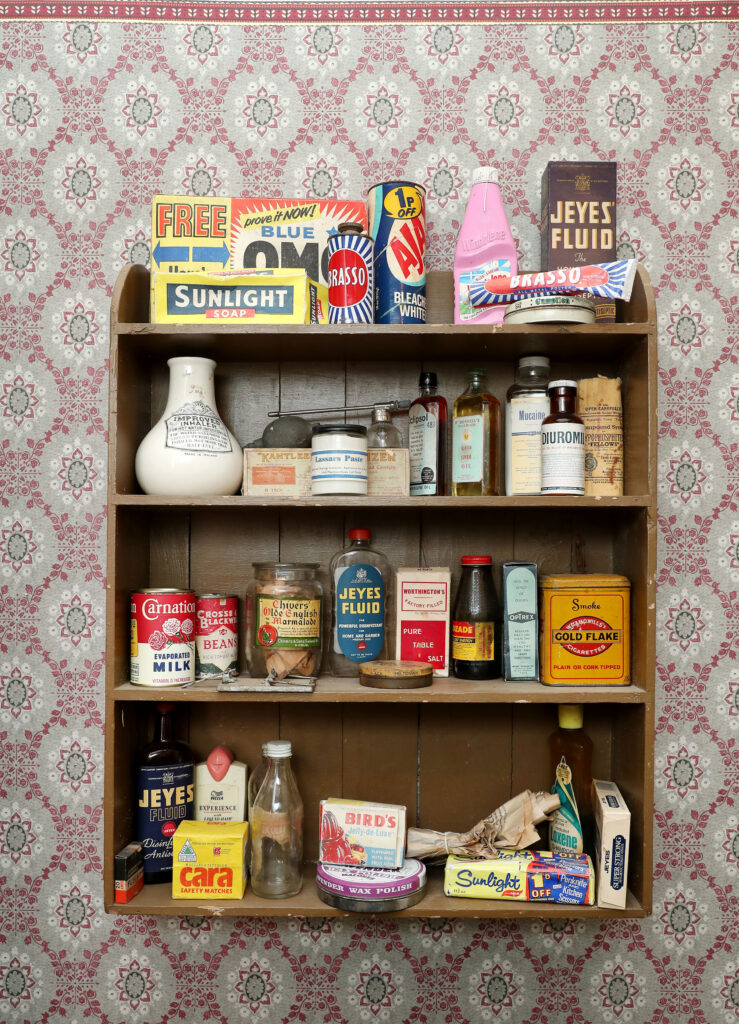
The second book, 14 Henrietta Street: Grandeur and Decline, 1800-1922 by Dr Tim Murtagh commences with the Act of Union in 1800 and ends on the eve of the Irish Civil War. The book explores how one of the most elegant and elite addresses in all of Georgian Dublin, home to some of the most powerful members of the Anglo-Irish ruling class became synonymous with Dublin’s poverty and decline in the 1900s when almost every house on the street was in use as tenements. Using the story of one house and street, the book investigates the nature and origins of Dublin’s housing crisis in the nineteenth and early twentieth centuries, and the impact it had on the lives of those who called 14 Henrietta Street home.
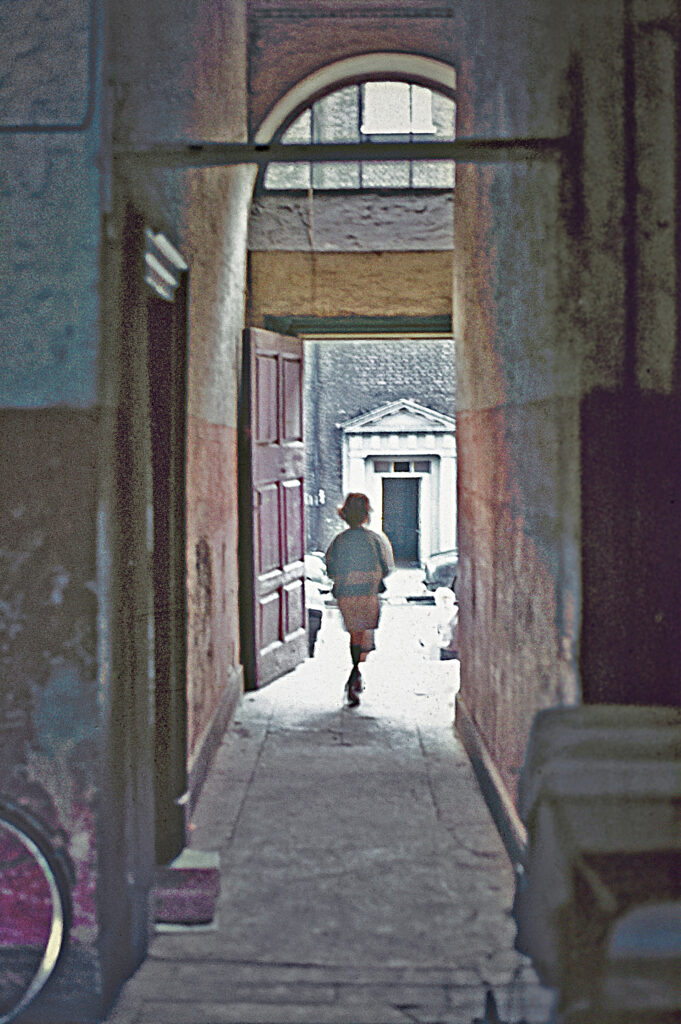
In the final book 14 Henrietta Street: From Tenement to Suburbia, 1922-1979, Donal Fallon traces the rapid expansion of Dublin, as new suburban developments in Crumlin, Cabra, Whitehall and Ballyfermot attempted to eradicate the tenement landscape, including that of Henrietta Street. It tells the story of the last residents of Dublin’s tenements and their move to a new life in the suburbs and includes the recollections of some of those who made that journey.
The story of the house in each period is presented accessibly, supported by evocative illustrations, including new and archival photography, and reproductions of historic prints, posters and other ephemera.
14 Henrietta Street is an award-winning social history museum which opened in 2018 and tells the story of the building’s shifting fortunes through 300 years of city and family life. Through people, place and memory, it aims to deepen understanding of the history of urban life in Dublin. The museum’s guided tours take visitors on a journey from its grand Georgian beginnings to the tenement dwellings of its later years, uncovering the layers of Dublin’s history within its walls.
A four-week programme of events to coincide with the launch of the books, including talks and walking tours will offer people a chance to engage more deeply with their content.
Commenting, CEO of Dublin City Council Culture Company, Iseult Byrne said: “14 Henrietta Street places the people of Dublin, and their stories and experiences, at its very core. Visitors regularly tell us that they want to know more about the people or stories that feature in our tours, and these books will provide some of that. They are an extension of our ongoing engagement work and responsive approach to programming.
“For anyone who has visited 14 Henrietta Street, these books will appeal to those who would like to know more about the stories heard through our tours. For those who have yet to visit, and who we look forward to welcoming back as soon as we are allowed to re-open, the books are an excellent introduction into what can be expected. In either case, they represent a piece of the house to call one’s own. Together, they paint a wonderfully detailed picture of the lives led at 14 Henrietta Street.”
Find out more about the museum and purchase the books here.












